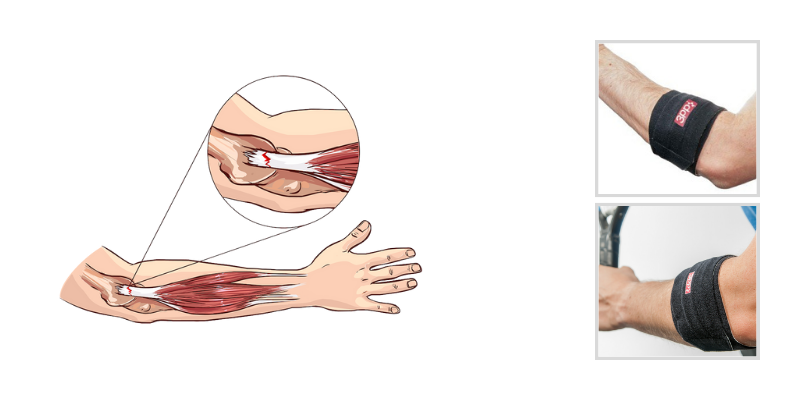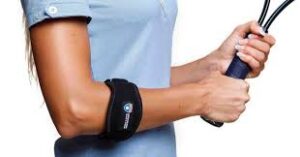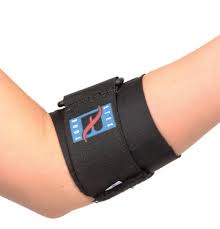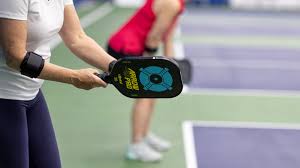5 Best Tennis Elbow Splint or Brace

If you’re experiencing the discomfort and limited mobility associated with tennis elbow, a tennis elbow splint may be just what you need to find relief. Tennis elbow, also known as lateral epicondylitis, is a condition characterized by pain and inflammation in the tendons of the outer side of the elbow. A tennis elbow splint is a medical device specifically designed to provide support, reduce strain, and promote healing in this area.
It’s important to note that tennis elbow splints come in various designs and styles. Some are adjustable and can be customized for a comfortable fit, while others incorporate additional features such as gel pads or straps for enhanced support. Choosing the right splint depends on factors such as the severity of your condition, personal preferences, and guidance from a healthcare professional.
Elbow Splint Tennis Elbow
How Does a Tennis Elbow Splint Work?

The splint is typically worn around the forearm, just below the elbow. It applies targeted compression to the extensor tendons, which helps to alleviate pain and stabilize the area. By reducing strain on the affected tendons, the splint assists in relieving inflammation and promoting the healing process. It also provides support during activities that may aggravate tennis elbow, such as gripping, lifting, or repetitive arm movements.
An Effective Approach to Tennis Elbow That’s Better Than Splints
How to use an elbow splint to keep the arm straight
Elbow-splint types
Elbow splints can be broadly categorized into two types: static splints and dynamic splints. Both static and dynamic splints are effective in addressing elbow stiffness, but they serve different purposes and are used in different situations.
Static splints are designed to immobilize the elbow joint and keep it in a fixed position. These splints provide stability and support, preventing excessive movement and promoting healing in cases such as fractures or severe sprains. Static splints are typically made of rigid materials like metal or plastic and are used when complete immobilization is necessary.
On the other hand, dynamic splints allow controlled movement of the elbow joint while providing support and assistance. These splints are often adjustable and utilize mechanisms such as hinges or springs to facilitate a controlled range of motion. Dynamic splints are commonly used in conditions like tendonitis or after elbow surgery, where controlled movement is beneficial for healing and rehabilitation.
The choice between static and dynamic splints depends on the specific needs of the individual and the nature of the elbow condition. A healthcare professional or orthopedic specialist can evaluate the situation and recommend the most suitable type of splint for optimal outcomes.
Benefits of using a tennis elbow splint
The benefits of using a tennis elbow splint are numerous. First and foremost, it can help manage pain and discomfort, allowing you to carry out daily activities with less hindrance. The compression provided by the splint aids in reducing inflammation, which can lead to decreased swelling and improved healing. Additionally, the stability offered by the splint helps prevent further strain or injury to the tendons, allowing for a more efficient recovery.
Tennis elbow splint instructions
When using a tennis elbow splint, it’s crucial to follow the instructions provided by your healthcare provider or the manufacturer. Proper positioning and fit are essential for optimal effectiveness. It’s also important to note that while a tennis elbow splint can provide significant relief, it is typically part of a comprehensive treatment plan that may include rest, physical therapy, and other interventions as recommended by your healthcare provider.
If you’re suffering from tennis elbow, don’t let the pain keep you on the sidelines. Consider incorporating a tennis elbow splint into your treatment approach to help alleviate discomfort, promote healing, and restore function. Consult with a healthcare professional for an accurate diagnosis and guidance on the most suitable splint for your specific needs. With the right support, you can get back in the game and enjoy the activities you love pain-free! 🎾





